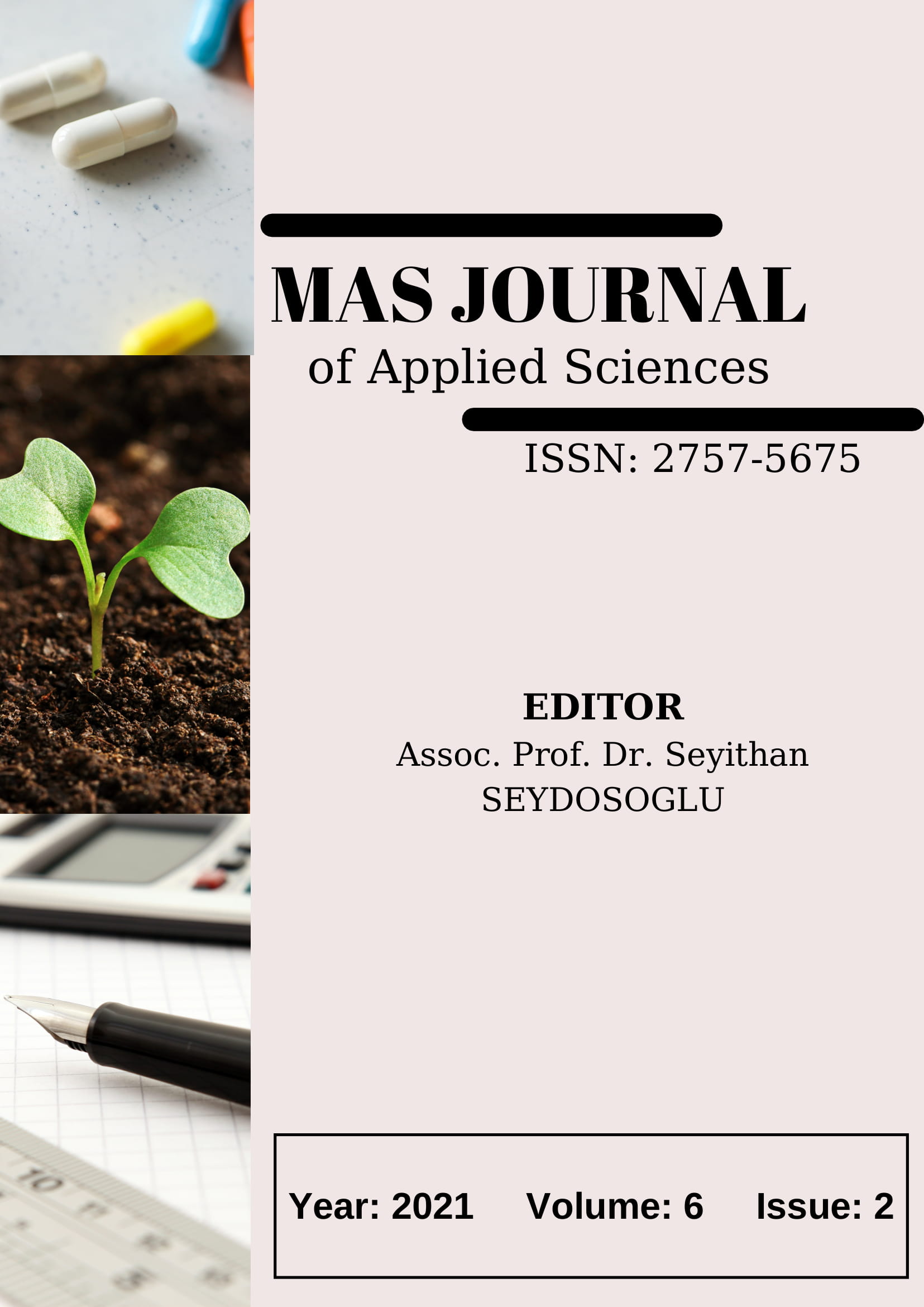The Results of Mutations Made with Specific Ems Dose on Chickpea (Cicer arietinum L.) Germination Properties
DOI:
https://doi.org/10.52520/masjaps.27Keywords:
Mutation, EMS, Dose, Chickpea, GerminationAbstract
The aim of creating induced mutations is to bring about genetic changes that increase the variation in the desired properties. The selection of appropriate mutagens depends on their availability and effectiveness at certain doses to achieve the necessary genetic modifications. This research was performed at the Dicle University Faculty of Agriculture Biotechnology Laboratory to determine the effects of 10 specific doses of EMS (Ethyl Methane Sulfonate) on mutation on the chickpea cv. Gökçe of germination characters. Seed was handled with an EMS of 0 (control), 10, 20, 30, 40, 50, 60, 70, 80, 90, 100 mM. In the germination cabinet, EMS applied seeds were left to germinate with 3 replications according to the completely randomized design with 25 seeds in each petri dishes. In the study, germination rate, coleoptile length, root length, coleoptile fresh weight, root fresh weight, coleoptile dry weight and root dry weight were measured. It was decided that there was a significant difference in all the germination features tested between the doses applied. Due to the rise in EMS doses, a reduction was defined for all features and the lowest values were obtained from the dosage of 100 mM. As a result of the study, it was determined that increasing the dose of EMS in chickpea reduces the germination rate, the seedling characteristics and the healthy growth rate of the seeds and that the effective mutation can be obtained from 50-60 mM doses.
Downloads
Published
How to Cite
Issue
Section
License
Copyright (c) 2021 The copyright of the published article belongs to its author.

This work is licensed under a Creative Commons Attribution-NonCommercial 4.0 International License.


